Introduction
Released by Taito in 1982, Zoo Keeper is a fast-paced arcade platformer where players control a frantic zookeeper trying to keep escaped animals from breaking free. With vibrant graphics, clever level design, and a quirky sense of humor, it stood out in a crowded era of arcade innovation. Its mix of strategy, reflexes, and score-chasing earned it a cult following and lasting respect among classic arcade enthusiasts.
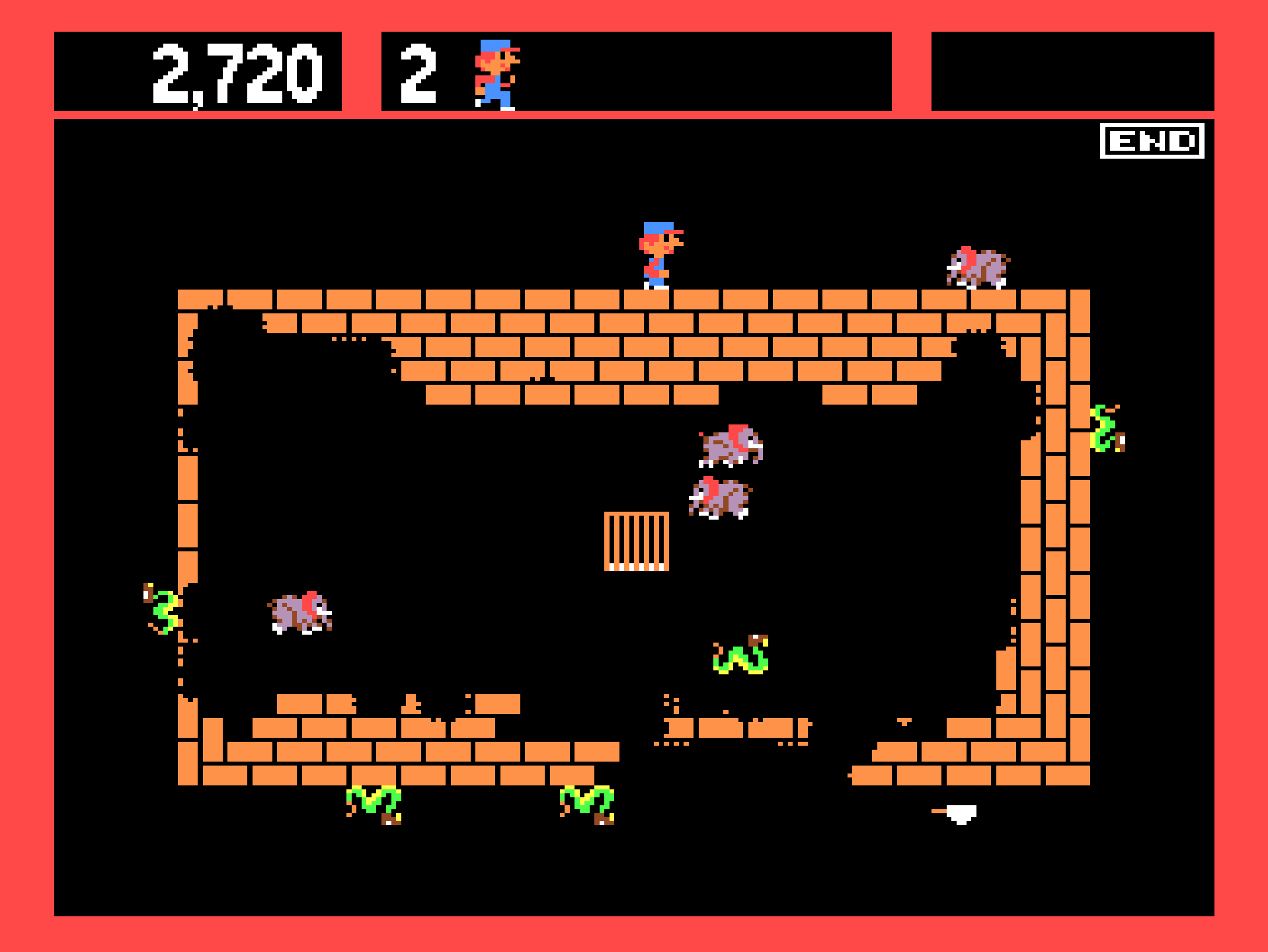
Development and History
- Developer: Taito America
- Publisher: Taito
- Release Date: 1982
Zoo Keeper was developed at Taito’s U.S. division and programmed by John Morgan. Unlike many of its peers, which focused on singular mechanics, Zoo Keeper featured multiple types of gameplay stages, including running around a cage, platform jumping, and animal rescue.
The game featured colorful characters and a looping soundtrack that matched the game’s chaotic pace. It was one of Taito’s most creative U.S.-led projects during the golden age of arcade gaming.
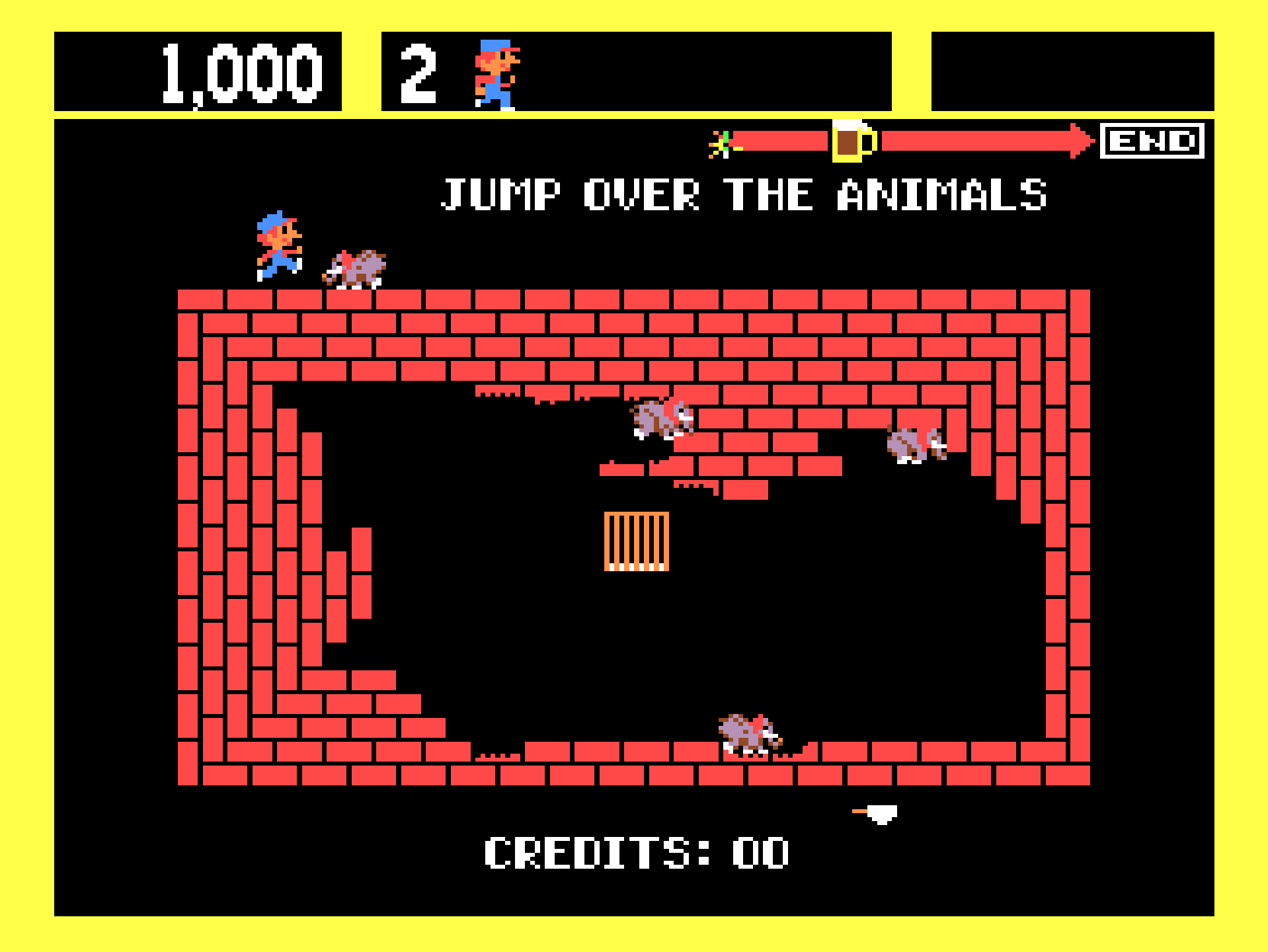
Gameplay Video
Gameplay and Mechanics
Core Gameplay
Players control the zookeeper, “Zeke,” as he tries to contain animals like lions, elephants, and snakes from escaping.
- Main Loop Stage: Run around a rectangular enclosure reinforcing walls while animals try to break free.
- Jumping Stage: Jump over bouncing coconuts and moving platforms to reach Zeke’s girlfriend, Zelda.
- Rescue Stage: Save Zelda from a tower by jumping up collapsing platforms while avoiding animals.
- Escaped Animals: If walls break, animals escape and chase Zeke—getting caught costs a life.
Challenges
- Wall Reinforcement: Timing is crucial—missing a wall segment allows animals to escape.
- Speed Increase: Animals move faster and in greater numbers as levels progress.
- Multistage Variety: Players must quickly adapt to new level types and hazards.
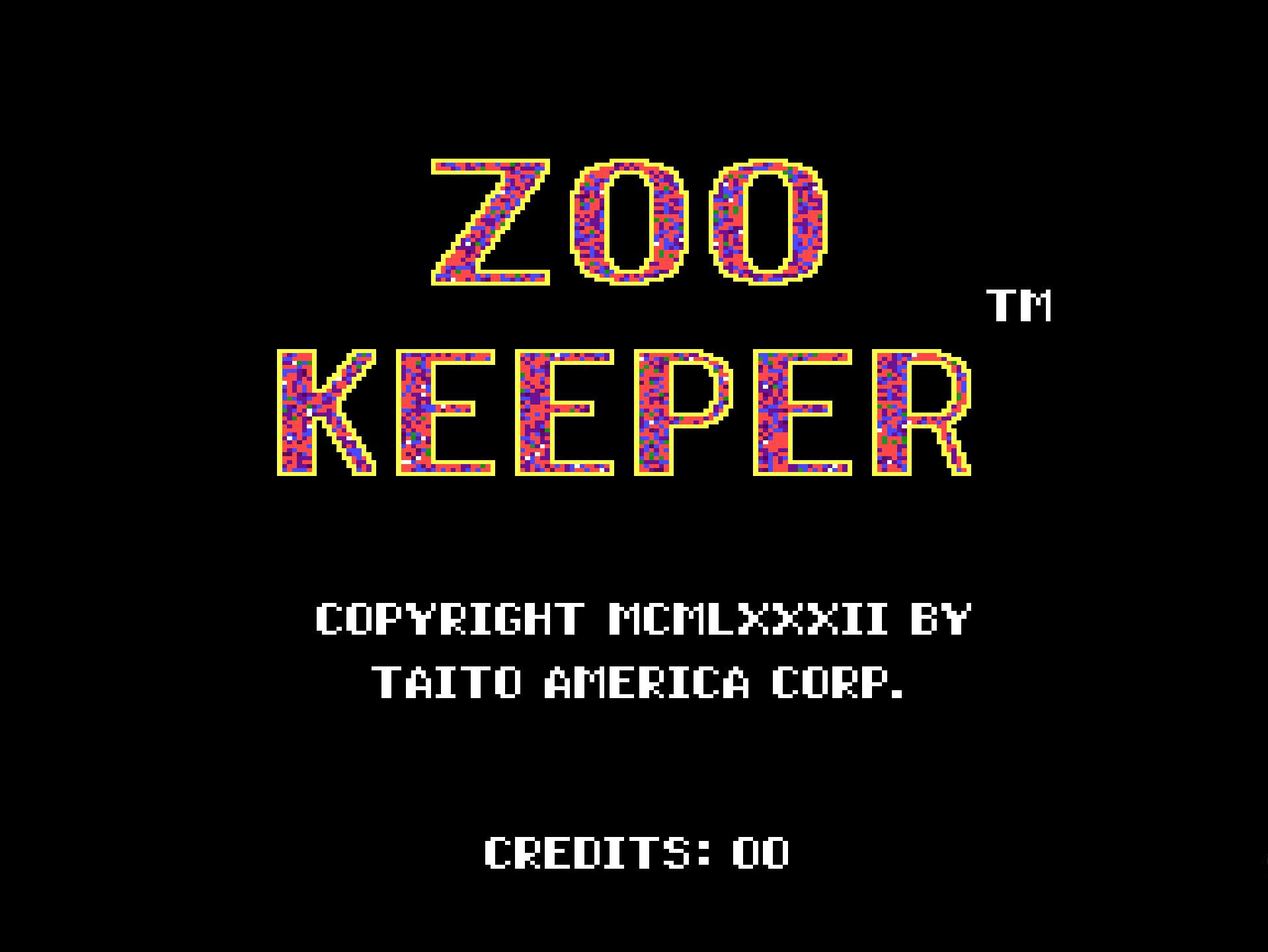
Cultural Impact and Legacy
- Early U.S.-Developed Hit: A rare example of a successful American-developed game under the Taito label.
- Underrated Classic: Though never a blockbuster, it became a favorite in arcade competitions.
- Unique Gameplay Blend: The mix of action, platforming, and strategy was ahead of its time.
- Collector Appeal: Original Zoo Keeper cabinets are prized for their vibrant artwork and gameplay depth.
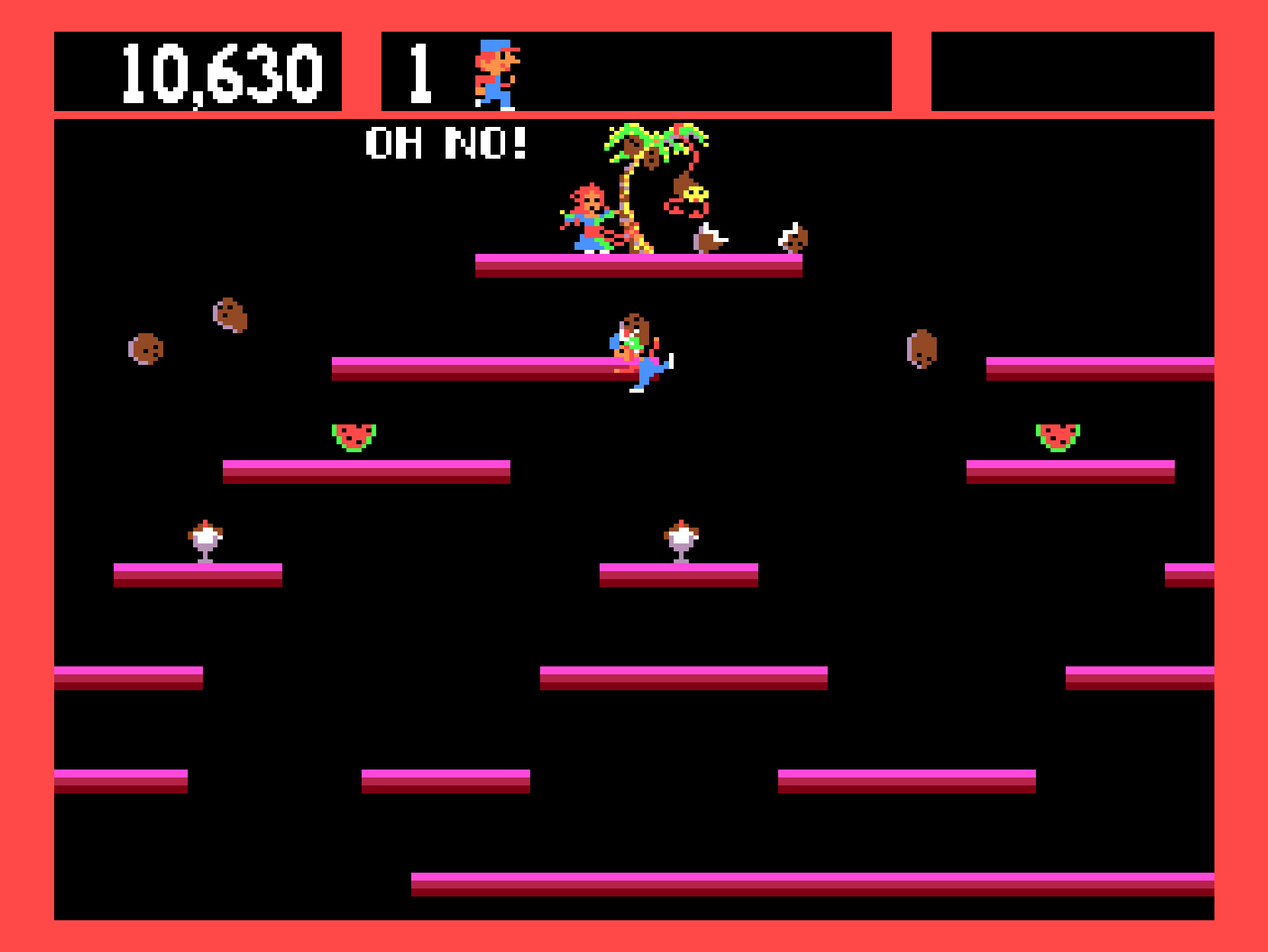
Fun Facts
- Name Confusion: Sometimes confused with Taito’s later puzzle game Zookeeper (2003), which is unrelated.
- Zeke and Zelda: These characters predate Mario and Peach in damsel-rescue format.
- Bonus Points System: Players can earn huge bonus points by trapping multiple animals at once.
- No Direct Sequel: Despite its popularity among collectors, the game never received a true arcade follow-up.
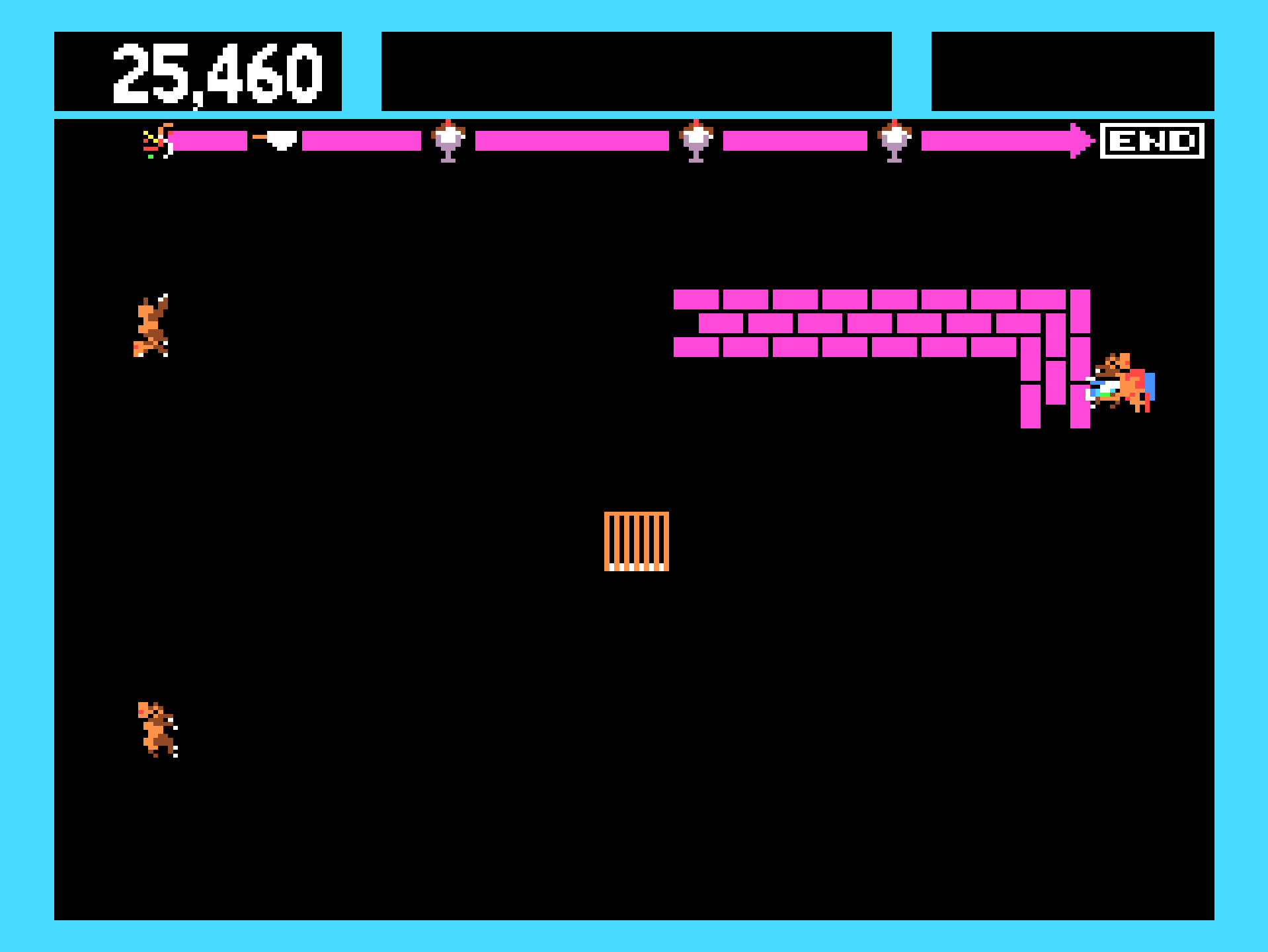
Conclusion
Zoo Keeper was a quirky, colorful, and challenging arcade game that blended multiple gameplay formats into a single, frenetic experience. While it may not be as widely known as other early '80s hits, it remains a beloved title among retro arcade fans and a showcase of Taito’s early design creativity.

